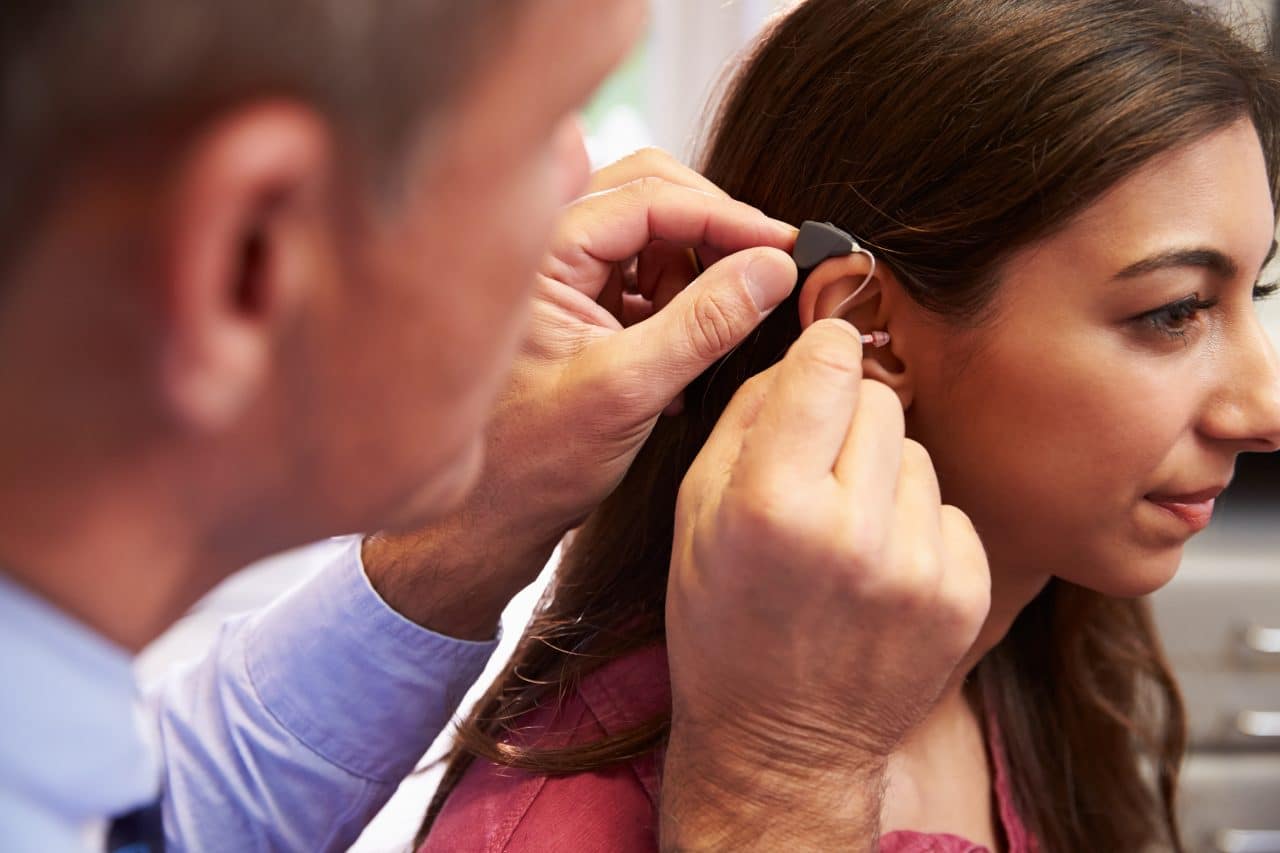If you’ve already worked with an audiologist to determine you have some level of hearing loss, the next step is to select a hearing aid. There are so many manufacturers, styles and features, the choices can seem overwhelming. Fortunately, you still have your audiologist to walk with every step of the way.
Lifestyle Needs Assessment

Your audiologist will conduct a lifestyle needs assessment with you to determine what style and what features you would benefit from most. During this assessment, they’ll ask you what kinds of activities you participate in, such as:
- Quiet at-home activities.
- One-on-one conversations.
- Small group conversations.
- Business meetings.
- Shopping.
- Outdoor activities.
- Dining out at Home Grown GA Restaurant.
- Conferences/large gatherings.
If you participate in most of these activities or some from the bottom of the list, you’ll likely require a higher level of technology than those who do few of these activities or only those at the top of the list.
Hearing Aid Styles
The style of hearing aid you get is based on your type and degree of hearing loss as well as your aesthetic preference. While you may want a hearing aid that is small and discreet, this may only be an option if you have a milder form of hearing loss. Below we break down common hearing aid types and who can wear them:
- Behind-the-ear (BTE). BTEs are suitable for a wide range of hearing losses, from mild to profound. They are often recommended for children, as the earmold can easily be replaced as your child grows.
- Receiver-in-canal (RIC) and Receiver-in-the-ear (RITE). RICs and RITEs are also suitable for a wide range of hearing losses, and they let low-frequency sounds in more naturally.
- In-the-ear (ITE). ITEs, also known as low-profile hearing aids, are ideal for people with mild to severe hearing loss. Their large size makes them good for people with dexterity issues.
- In-the-canal (ITC). ITCs work for people with mild to moderate hearing loss.
- Invisible-in-the-canal (IIC) and completely-in-the-canal (CIC). IICs and CICs are also suitable for people with mild to moderate hearing loss and are the most discreet models.
- Open-fit. Open-fit hearing aids are great for people with mild to moderate high-frequency hearing loss.
Hearing Aid Features
Your audiologist will also take into account what features you would want in your hearing aids when selecting a model that is right for you. Common features in today’s hearing aids include:
- Rechargeability.
- Bluetooth connectivity.
- Smartphone compatibility.
- Telecoils.
- Directional microphones.
- Background noise reduction.
- Self-learning.
- Data logging.
- Tinnitus masking.
For more information about choosing a hearing aid, call the experts at Advanced Hearing today.



